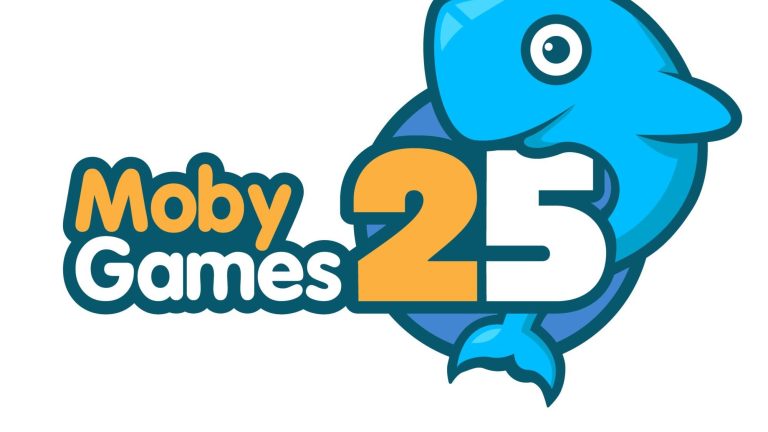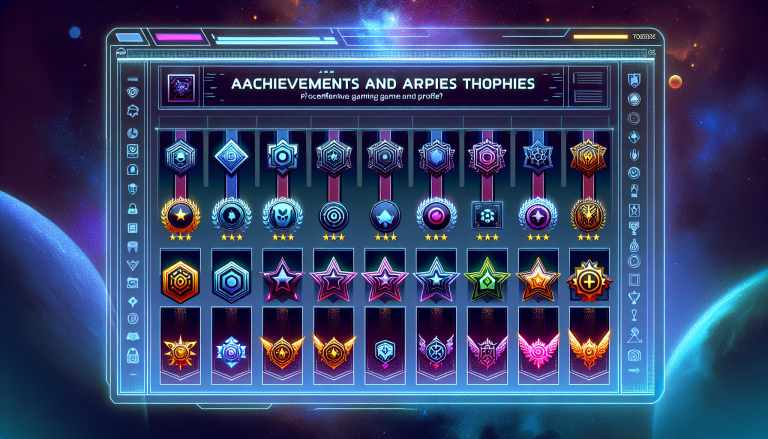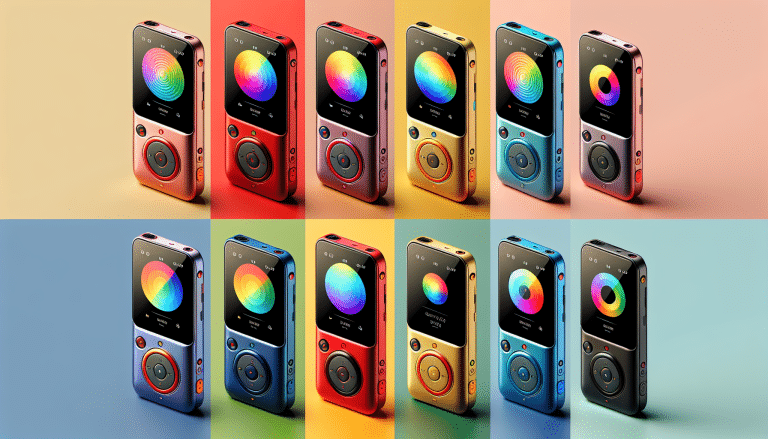Understanding the Role of Classic Video Game Ads in Shaping Modern Advertising
When you think about classic video games, what comes to your mind? Sure, it’s the nostalgic memories, the thrill of conquering levels, and the endless hours spent in virtual worlds. But, have you ever thought about the crucial part these video games played in shaping modern advertising? Let’s take a trip down memory lane and explore how these classic video game ads have left an indelible mark on today’s advertising landscape.
Setting the Stage for Modern Advertising
It all started in the ’70s and ’80s. Video games were a novelty, a new form of entertainment, and their advertisements echoed the same excitement. These ads, full of vibrant colors and catchy taglines, were designed not just to sell a product, but to sell an experience. And this ‘experience selling’ has now become a keystone in modern advertising strategies.
The ads made us believe in the impossible, promising us the chance to step into the shoes of a hero, navigate through fantasy worlds, and experience adrenaline-fueled adventures—all from the comfort of our living room couch. This is the same emotional connection and sense of belonging that contemporary advertisers aim to create.
The Power of Print
The majority of classic video game ads were print-based. Magazines, comic books, posters, and flyers were flooded with these colorful and appealing ads. They were bold, sometimes weird, but always intriguing. These print ads used powerful imagery and creative storytelling to engage potential gamers and make an impression. The success of these ads set a precedent for future print advertising, emphasizing the power of visual communication and storytelling.
Creating an Identity
Classic video game ads were also instrumental in creating brand identities. For instance, the iconic ‘Sega screams’ from the ’90s is still remembered today. These ads helped establish brand personalities, contributing to the overall brand recall. Modern advertisers have taken a leaf out of this book, using unique and consistent branding across their ad campaigns to make their products stand out in a crowded market.
Fostering a Community
Finally, these ads played a significant role in fostering a sense of community among gamers. They were not just selling a product; they were inviting gamers to be part of something bigger, a shared experience. This is a strategy that contemporary advertisers have implemented across various sectors, engendering a sense of community among consumers.
In a nutshell, classic video game advertisements have had a profound influence on how products and experiences are marketed today. They highlighted the importance of emotional connections, visual storytelling, consistent branding, and community building in effective advertising—principles that are still relevant in today’s digital age.
Unpacking the Marketing Strategies of Iconic Video Game Campaigns
Classic video game campaigns have left an indelible mark on the world of advertising. These campaigns, though seemingly simplistic by today’s standards, packed a punch in their time and helped to shape the advertising industry as we know it. Let’s take a stroll down memory lane and unpack some of the memorable marketing strategies employed by these iconic campaigns.
The Power of Mascots
When we talk about classic video games, it’s impossible not to mention the impact of mascots. Who can forget the charm of Sonic the Hedgehog or the allure of the Super Mario Brothers? These characters served as the backbone of their respective franchise’s marketing strategy, and their appeal transcended language and cultural barriers. Mascots made these games more relatable and engaging, creating a personality that could attract and retain gamers.
Storytelling: A Triumph Card
Another major strategy used in classic video game advertisements was storytelling. The marketers behind games like ‘Final Fantasy’ and ‘Legend of Zelda’ knew that by weaving a compelling narrative into their ads, they could keep gamers hooked and eager for more. This approach made consumers feel like they were not just playing a game, but participating in an epic adventure. The success of this strategy is visible even today, with many modern games employing storytelling in their promotional campaigns.
- Integration and Cross-Promotions
Classic video game campaigns also knew the value of integrating their promotions with other established brands. The partnership between Nintendo and McDonald’s, where Happy Meal toys were themed around popular Nintendo characters, is a prime example of this. This integration helped both brands reach a wider audience and created a sense of familiarity and trust with consumers.
Creating a Sense of Community
Lastly, these iconic campaigns played a crucial role in fostering a sense of community among gamers. By organizing gaming championships and other events, they created a platform for gamers to connect, compete, and collaborate. This sense of community not only increased game sales but also played a significant role in shaping the culture of gaming that we see today.
In conclusion, the marketing strategies employed by classic video game campaigns were innovative, engaging, and incredibly effective. They set the tone for the future of advertising in the gaming industry, and their influence can still be seen in modern-day marketing practices. While the technology and platforms used for advertising may have changed over the years, the core principles laid down by these classic campaigns remain the same: create engaging content, build a strong brand personality, and foster a sense of community among consumers.
The Evolution of Video Game Advertising: From Print to Digital
Ever since the first video games hit the market, advertising has played an integral role in promoting these innovative products. The landscape of video game advertising has experienced a dramatic shift over the years, moving from traditional print form to the dynamic digital medium. Let’s take a walk down memory lane to explore how video game advertising has evolved over the years.
Print Advertisements: The Birth of Video Game Advertising
Back in the day, print advertisements were a significant part of video game marketing. Brands would showcase their new releases in popular magazines, newspapers, and even comic books. The Atari 2600, for instance, gained phenomenal popularity through its comic book ads in the late 70s and early 80s. These vibrant and artistic ads created a sense of magical wonder and excitement about the world of video games.
The Transition from Print to Television
By the late 80s and early 90s, video game advertising had moved from print to television. Remember the iconic ‘Sega scream’ commercial? The ad was brilliant in its execution and its aggressive marketing strategy helped Sega compete against industry juggernaut, Nintendo. TV ads provided a golden opportunity for video game companies to showcase actual gameplay and graphics, making it a more engaging and immersive advertisement medium.
The Advent of the Internet and Digital Advertising
Fast forward to the late 90s, the advent of the internet revolutionized the way video games were advertised. With an increased number of people joining the World Wide Web, digital advertising became a powerful tool for video game marketers. Companies started using banner ads, pop-ups, and email marketing to reach their target audience directly.
Modern Day Video Game Advertising: Social Media, Influencers, and More
Today, video game advertising has become even more sophisticated, leveraging social media platforms, influencers, and content marketing. Platforms like YouTube and Twitch allow gamers to stream their gameplay, providing a genuine and engaging way for potential customers to see the game in action. Influencers and esports stars play a crucial role in promoting video games to their dedicated followers.
Moreover, in-game advertising has emerged as a prevalent trend. For example, players can see real-world brands advertised within their virtual landscapes. This form of immersive advertising not only enhances the realism of the game but also allows brands to reach a highly engaged audience.
The evolution of video game advertising is a fascinating journey, showing how the industry has leveraged various mediums to communicate with its audience. From print ads to digital marketing, the world of video game advertising is as dynamic and exciting as the games themselves!
Impact of Classic Video Game Marketing Techniques on Today’s Digital Ad Approaches
The legacy of classic video game ads resonates strongly in modern digital advertising strategies. The innovation, creativity, and connectivity that were the hallmarks of these early campaigns continue to shape contemporary practices. Let’s dive into the details!
The Art of Storytelling
Classic video game marketing often presented a narrative — a clear story designed to draw in potential players. These stories were not necessarily about the game itself, but more about the experience of playing it. This strategy is still heavily relied upon in today’s digital advertising world.
Creating an Immersive Experience
Classic video game ads were masters of creating immersive experiences. They aimed at giving the audience a taste of the game world, even before they got their hands on the joystick. In the digital era, this has transformed into experiential marketing, where brands strive to create engaging and interactive experiences for their potential customers.
- 360-degree videos
- Augmented reality (AR) ads
- Interactive content
These are all modern manifestations of the immersive experience that classic video game ads pioneered.
The Power of Community
One of the timeless lessons from classic video game marketing is the power of community. Building a community of passionate players has always been a surefire way to boost a game’s success. Modern digital advertising has taken this to the next level with the advent of social media. Brands now have the opportunity to build thriving online communities where they can directly engage with their audience and cultivate a sense of belonging.
Nostalgia as a Marketing Tool
Lastly, classic video game ads often tapped into the power of nostalgia as a marketing tool. This technique is still prevalent in today’s digital advertising, where brands often leverage nostalgia to evoke positive feelings and connect on a deeper level with the audience.
The strategies used by classic video game ads continue to inspire and shape today’s digital advertising practices. The seamless blend of storytelling, immersive experiences, community building, and nostalgic appeal has created a lasting impact on how brands interact with their audience in the digital world.












